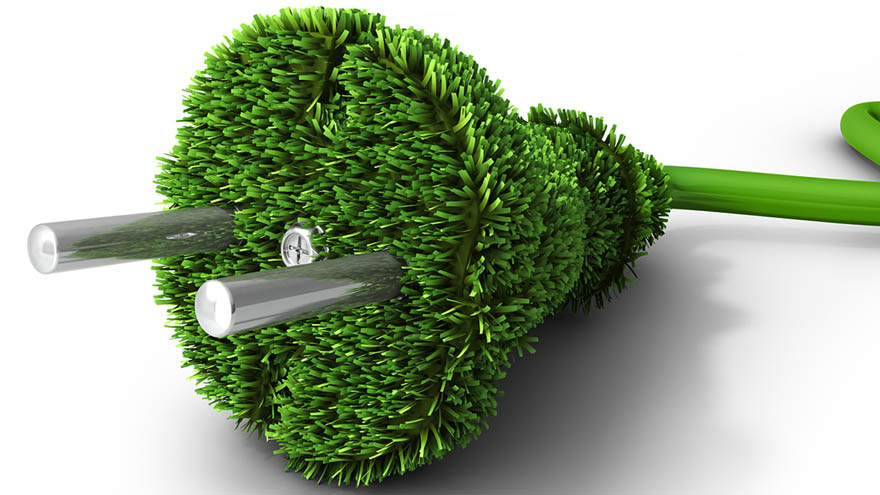A synthetic fuel from any kind of biomasses, for any kind of engine.
The organic matter is introduced together with proper catalysers inside a blending system. The blending process transforms the product in heavy oil. The heavy oil is treated in the SFCC process which transforms it in light hydrocarbons. The hydrocarbons are separated in a distillation column in function of their molecular weight. The solid fraction of the biomass is divided in mineral salts and carbon dust.
Part of the produced synthetic fuel (estimated in about the 15% of the energy produced by the system), is used by a genset able to produce 100% of the system energy requirements. Synthetic fuel and carbon dust are sold at market value; mineral salts, water, CO 2 and thermal energy are used inside the greenhouse; the greenhouse generates valuable vegetables to be sold in the market and waste biomass recycled within the system.










